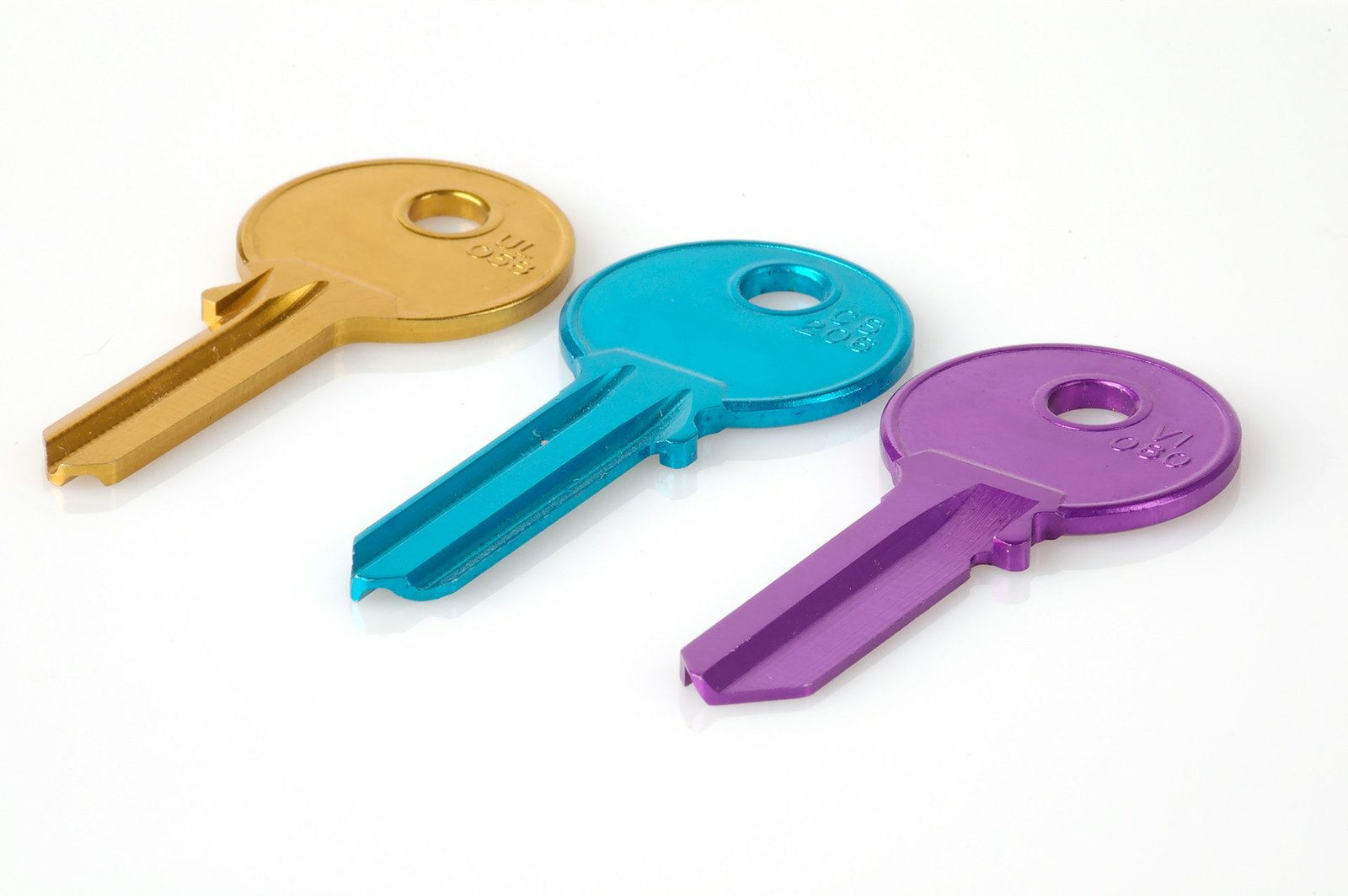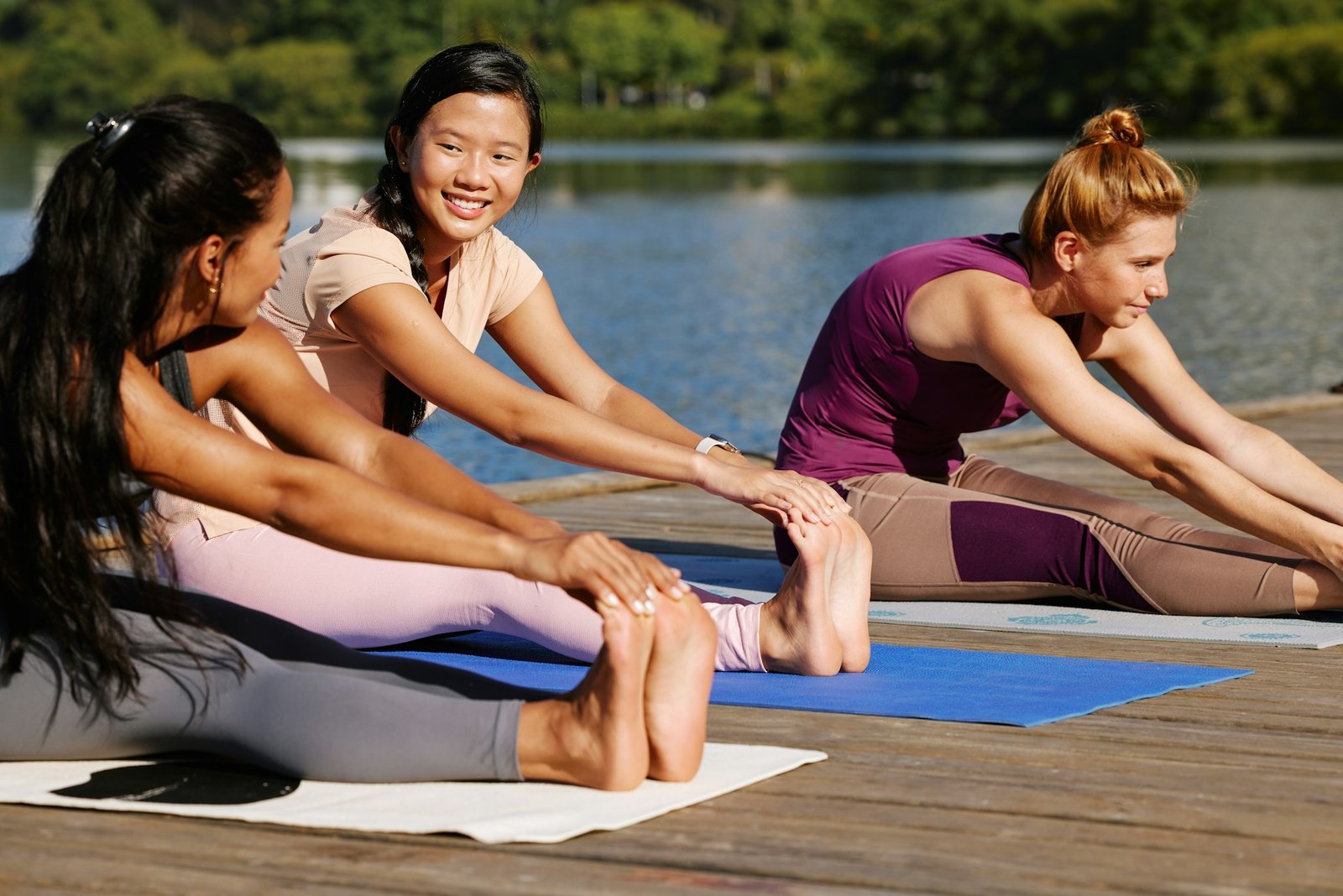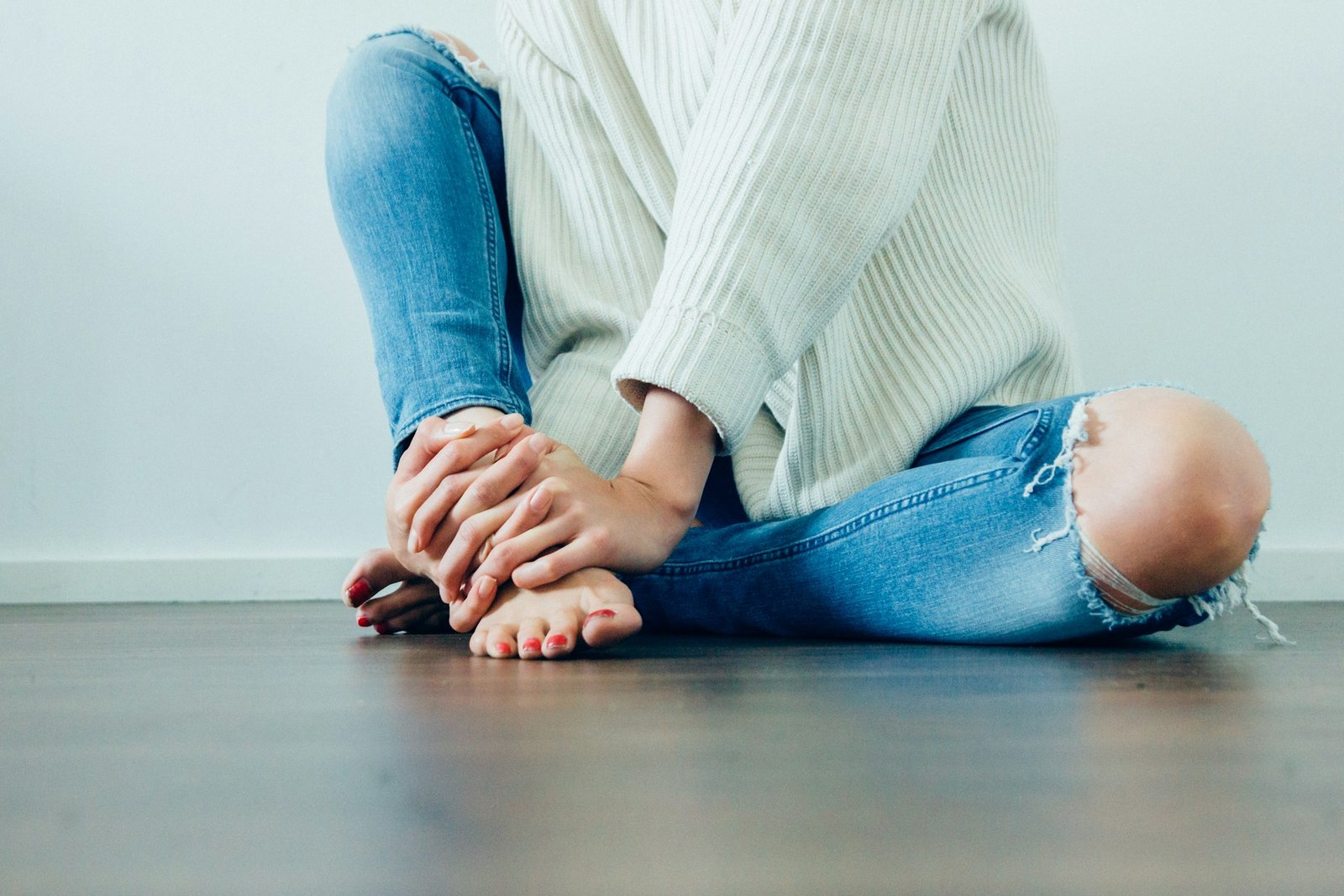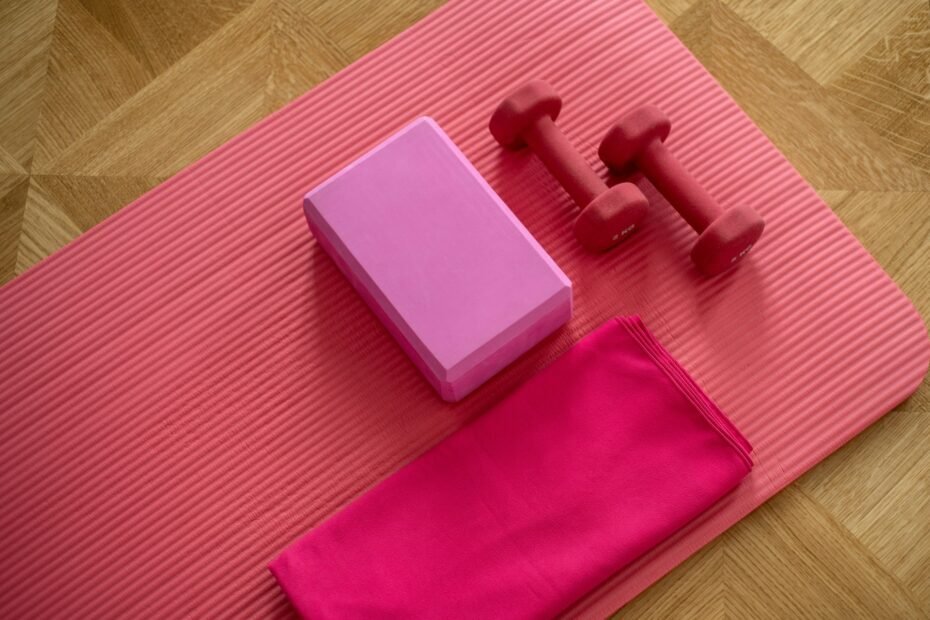Imagine waking up each morning to the sharp, stabbing pain in your heel, a reminder of the persistent condition known as plantar fasciitis. This scenario is all too familiar for sufferers of the condition, turning each step into a painful reminder of the limitations it imposes on their daily lives. However, amidst the myriad of treatment options, Pilates for plantar fasciitis emerges as a beacon of hope, offering a gentle yet effective path to recovery. Through the power of controlled movements and core strengthening, Pilates provides not just relief, but a potential journey back to pain-free living.
Understanding Plantar Fasciitis and Its Impact
Before we delve into the benefits of pilates for plantar fasciitis, it’s important to understand what plantar fasciitis is and the impact it has on your feet. Plantar fasciitis is the inflammation of the plantar fascia, a thick band of tissue that runs along the sole of your foot, connecting your heel bone to your toes.
This condition is characterized by sharp, stabbing pain, primarily in the heel and arch of the foot. The pain is often most intense in the morning or after long periods of rest, and it can worsen with physical activity. Now, let’s take a closer look at the causes of plantar fasciitis.
The Role of Pilates in Plantar Fasciitis Management
Now that we have a better understanding of plantar fasciitis, let’s explore how pilates can play a crucial role in managing this condition. Pilates, developed by Joseph Pilates, is a form of exercise that focuses on strengthening the muscles, improving flexibility, and promoting overall body awareness.
A pilates studio or session offers a controlled environment where you can learn and practice specific exercises designed to address the root causes of foot pain, strengthen the feet, and promote healing.
The principles of pilates, including control, precision, and concentration, are particularly important in managing plantar fasciitis. Let’s uncover the benefits of pilates for foot health.

Benefits of Pilates for Foot Health
Pilates offers numerous benefits for foot health, making it an excellent choice for individuals with plantar fasciitis. One of the key advantages of pilates is its focus on footwork, which includes a variety of exercises that engage the muscles of the feet and lower limbs. Through footwork exercises, pilates can improve foot arch support, enhance balance, and promote proper stride and gait mechanics.
By working on the muscles that support the arch of the foot, pilates can help alleviate the strain placed on the plantar fascia and other structures of the foot, reducing pain and discomfort. Additionally, pilates exercises can enhance foot flexibility, mobility, and overall stability, improving foot function and minimizing the risk of future foot problems.
How Pilates Promotes Healing
Another way pilates aids in plantar fasciitis management is by promoting healing. Certain pilates exercises, particularly those performed on a reformer, can stretch and lengthen the foot muscles, reducing tension and inflammation in the plantar fascia.
The controlled movements in pilates help improve blood circulation, delivering oxygen and nutrients to the affected areas, which can aid in the healing process. Additionally, the use of apparatuses, such as the foot corrector, can provide targeted massage and stretching of the foot muscles, further promoting healing and reducing pain.
By incorporating pilates into your routine, you can support the natural healing of your feet and expedite your recovery from plantar fasciitis.

Key Pilates Exercises for Strengthening Feet
Now, let’s shift our focus to specific pilates exercises that can help strengthen the feet, alleviate pain, and promote foot health. These exercises target the calf muscles, the muscles of the big toes, and the balls of your feet, all of which play a crucial role in foot arch support and overall foot function.
By engaging and strengthening these muscles, you can improve foot mechanics, reduce strain on the plantar fascia, and enhance your overall foot health. Let’s explore some of the key pilates exercises for strengthening the feet.
Barefoot Exercises for Enhanced Foot Strength
One of the great things about pilates is that many exercises can be performed barefoot, which allows for better foot proprioception and engagement of the muscles of the feet. Here are some pilates exercises that can enhance foot strength and support:
- Toe stretching and curling: These exercises target the muscles of the sole of your foot, improving arch support and foot stability.
- Pilates footwork on the mat: In this exercise, you engage the muscles of the foot as you perform different movements in the seated position.
- Seated pilates position: Maintaining an upright position engages your foot muscles, promoting foot strength.
- Toe ball massage and stretching: Using a golf ball or tennis ball, massage the sole of your foot, focusing on the ligaments and fascia to improve foot flexibility and mobility.
- Pilates reformer footwork exercises: These exercises use the reformer apparatus to enhance foot stability, strength, and balance.
- By incorporating these barefoot exercises into your pilates practice, you can strengthen the muscles of your feet, enhancing their support and stability.
Calf Raises to Improve Foot Flexibility
Calf raises are another important exercise to include in your pilates routine for plantar fasciitis management. The calf muscles, including the gastrocnemius and soleus, play a significant role in foot flexibility and mobility. By strengthening these muscles, you can alleviate foot stiffness, improve foot flexibility, and support the arch of the foot. Here’s why calf raises are beneficial:
- Target the calf muscles: Calf raises specifically target the calf muscles, helping to build strength and flexibility.
- Engage the hamstrings: The hamstrings, the muscles at the back of the thigh, also come into play during calf raises, further enhancing foot flexibility.
- Reduce stiffness: Regular practice of calf raises can help reduce foot stiffness, making it easier to move the foot and preventing discomfort.
- To perform calf raises, stand with your feet hip-width apart, lift your heels off the ground, and lower them back down in a controlled manner. Repeat this exercise for a set number of repetitions, gradually increasing the intensity as your foot muscles become stronger.
Doming, or short foot
Doming, also known as the short foot exercise, is a pilates exercise that targets the muscles along the arch of the foot, making it an effective exercise for strengthening the foot arch and providing support. Here’s how doming can benefit your feet:
- Arch strengthening: Doming exercise engages the muscles responsible for foot arch support, helping to strengthen and stabilize the arch of the foot.
- Support tendon stretch: By performing the doming exercise, the plantar fascia undergoes a stretch, aiding in the healing process by promoting flexibility.
- Improved foot stability: Regular practice of doming can enhance foot stability, reducing the risk of imbalances and injury.
- To perform doming, sit in a comfortable position with your feet flat on the floor, and gently lift the arches of your feet, pressing the balls of your feet into the ground. Maintain this position for a few seconds, then release. Repeat the exercise several times, focusing on engaging the muscles along the arch of your foot.

Toe Spread for Building Intrinsic Foot Muscles
Building the intrinsic foot muscles, the muscles located within the foot, is crucial for foot strength and stability. Here’s an exercise called toe spread that can help strengthen these important muscles:
- Spread your toes wide apart, as if you were trying to touch the floor with your knuckles.
- Hold the position for a few seconds, then relax your toes.
- Repeat the exercise for several repetitions, focusing on engaging the intrinsic foot muscles.
- Incorporate yoga poses that require toe spreading, such as mountain pose, to further enhance foot strength.
- Consider using props such as yoga toes or toe separators to assist with toe spreading.
- By incorporating toe spread into your pilates practice, you can strengthen the intrinsic foot muscles and improve the stability of your feet.
Flex and Point to Boost Ankle Mobility
Flex and point exercise is an effective way to improve ankle mobility, which is crucial for maintaining proper foot function and preventing injuries. This exercise focuses on the movement of dorsiflexion, bringing the foot upwards towards the shin, and plantarflexion, pointing the foot away from the shin. Here’s why flex and point exercise is important:
- Enhanced dorsiflexion: Dorsiflexion is important for activities like walking and running, and practicing this movement improves the flexibility of the achilles tendon and calf muscles.
- Achilles tendon stretch: The flex and point exercise stretches the achilles tendon, helping to alleviate tension and tightness.
- Improved ankle mobility: By regularly performing flex and point, you can improve the range of motion in your ankles, reducing the risk of foot and lower limb injuries.
- To perform the flex and point exercise, sit in a comfortable position, extend your legs in front of you, and point your toes forward, flexing your foot. Hold the position for a few seconds, then return to the starting position, repeating the exercise several times, focusing on the movement of your ankles.
Toe Yoga
Toe yoga exercises can help stretch and strengthen the muscles of the foot, improving flexibility and balance. Practicing toe yoga regularly can have the following benefits:
- Increased flexibility: Toe yoga allows for stretching of the muscles, ligaments, and tendons in the toes, feet, and lower legs, promoting greater flexibility.
- Enhanced balance: By strengthening the muscles of the feet and toes, toe yoga can improve balance, stability, and body awareness.
- Improved foot alignment: Toe yoga exercises can help realign the toes, addressing foot imbalances or deformities, and improving overall foot posture.
- To practice toe yoga, sit in a comfortable position, extend your leg, and stretch your toes out, focusing on spreading them wide apart. Hold the position for a few seconds, release, and repeat the exercise several times, paying attention to the stretching sensation in your toes and feet.

Tennis Ball Roll
Using a tennis ball for foot massage can provide much-needed relief for plantar fasciitis symptoms and help promote foot healing. Here’s why tennis ball rolling is beneficial:
- Targeted massage: Rolling a tennis ball under the foot provides a self-applied massage, targeting the plantar fascia, muscles, and ligaments of the foot for pain relief.
- Fascia release: The pressure applied by the tennis ball helps release tension and tightness in the fascia, promoting better foot flexibility and mobility.
- Increased blood flow: The rolling motion stimulates blood circulation in the foot, delivering oxygen and nutrients to the affected area, aiding in the healing process.
- To perform the tennis ball roll, sit in a chair, place a tennis ball under your foot, and roll your foot back and forth, applying gentle pressure. Focus on any areas of tension or discomfort, and continue the rolling motion for a few minutes on each foot.
Toe Curls with a Towel
Toe curls with a towel are a great exercise to improve grip strength, coordination, and foot muscle activation. Here’s why toe curls are beneficial:
- Grip strength enhancement: Toe curls require the muscles of the feet to grip the towel, strengthening the muscles responsible for foot grip and stability.
- Improved coordination: Performing the exercise challenges your foot and toe coordination, which can help improve overall foot function.
- Increased foot muscle activation: Toe curls engage the muscles of the foot, promoting strength and support.
- To perform toe curls with a towel, sit on a chair, place a small towel on the floor, and use your toes to scrunch the towel towards you, gripping it as firmly as possible. Release the tension, straighten the towel, and repeat the exercise for several repetitions, focusing on the muscles of your feet working.
Toe Wrapping
Toe wrapping exercise focuses on fine motor skills and proprioception of the feet, enhancing foot strength and coordination. Here’s why toe wrapping can be beneficial:
- Fine motor skill development: Toe wrapping challenges the fine motor skills of the toes, improving dexterity and control of the foot muscles.
- Proprioception enhancement: By engaging the muscles responsible for foot proprioception, toe wrapping exercise improves balance, stability, and body awareness.
- Strengthening foot muscles: Consistent practice of toe wrapping can strengthen the foot muscles, providing better arch support and overall foot function.
- To perform toe wrapping, you can use a resistance band or stretchy fabric. Start by wrapping the band around your toes, crisscrossing the fabric between each toe, creating resistance. Spread your toes apart, challenging the muscles of the foot, hold the position for a few seconds, and release. Repeat the exercise for several repetitions, focusing on the movement of your toes and the engagement of your foot muscles.

Addressing Pain and Discomfort through Pilates
While pilates can help strengthen the feet, it also offers techniques to address pain and discomfort associated with plantar fasciitis. By incorporating pain-relieving techniques into your pilates practice, you can find relief from foot pain and improve your overall foot health. Let’s discover some of these techniques and how they can alleviate pain.
Techniques to Reduce Heel Tension
Heel tension is a common source of discomfort for individuals with plantar fasciitis. Pilates incorporates various techniques to release tension in the heel and provide much-needed relief. Here are a few techniques to reduce heel tension:
- Relaxation techniques: Deep breathing, visualization, and mindful relaxation exercises can help relax the muscles of the foot, reducing heel pain and promoting overall foot well-being.
- Pointing and flexing the foot: By performing controlled movements of pointing and flexing the foot, you can stretch and massage the muscles that contribute to heel tension, providing relief and relaxation.
- By integrating these techniques into your pilates practice, you can reduce heel tension, alleviate pain, and enhance your foot comfort.
Foot Stretches to Alleviate Pain
Flexibility plays a crucial role in foot health and pain relief. Pilates includes specific foot stretching exercises that can alleviate pain, improve foot flexibility, and promote healing. Let’s explore foot stretches that can provide relief:
- Stretching the calf muscles: The calf muscles are closely connected to the plantar fascia, and stretching them can release tension and reduce pain in the foot.
- Arch stretch: This exercise targets the arch of the foot, stretching the muscles, ligaments, and fascia, offering pain relief and improving foot flexibility.
- Toe stretches: Stretching the toes, both individually and collectively, can alleviate foot pain, improve flexibility, and promote long-term foot health.
- By engaging in regular foot stretching exercises as part of your pilates session, you can effectively address pain, increase flexibility, and enhance your overall foot wellness.
Using Pilates Equipment for Pain Relief
Pilates apparatuses, such as the reformer, can be utilized to support pain relief for plantar fasciitis. These apparatuses provide targeted support, alignment, and resistance, enhancing the effectiveness of your pilates practice. Here’s how pilates equipment can aid in pain relief:
- Focused footbar exercises: The footbar on the reformer provides a platform to perform various footwork exercises, allowing for precise control, support, and foot alignment, ultimately relieving pain and discomfort.
- Promoting foot corrector and alignment: Apparatuses like the foot corrector offer specific exercises that help correct foot alignment, strengthening the arches of the feet, and improving overall foot mechanics.
- By incorporating pilates equipment into your practice, you can experience pain relief, enhance foot alignment, and achieve better foot function.
Maintaining Foot Health Post-Recovery
After recovering from plantar fasciitis, it’s important to prioritize foot health to prevent the recurrence of the condition. This involves maintaining a consistent pilates practice, monitoring foot health, and engaging in long-term foot care strategies. Let’s explore the steps you can take to preserve your foot health post-recovery.
Regular Foot Check-ups
Regular foot check-ups are essential for monitoring foot health, particularly after recovering from plantar fasciitis. By staying proactive, you can identify any potential issues early on, ensuring timely intervention and preventative care. Here’s why regular foot check-ups are important:
- Monitoring foot condition: Regular examinations allow healthcare professionals to monitor the condition of your feet, ensuring any changes or concerns are addressed promptly.
- Preventative care: Foot check-ups provide an opportunity to discuss preventative measures and strategies for long-term foot health, reducing the risk of future foot problems.
- By scheduling regular foot check-ups, you can stay on top of your foot health and reduce the likelihood of plantar fasciitis recurrence or other foot-related issues.
Continuing Pilates for Long-Term Foot Health
Consistency is key when it comes to preserving foot health long-term. Continuing your pilates practice, even after recovery from plantar fasciitis, can help maintain foot flexibility, strength, and overall function. Let’s explore the importance of continuing pilates for long-term foot health:
- Strengthening foot muscles: A regular pilates routine ensures that the muscles of the feet remain strong, providing the necessary support and stability to prevent future foot problems.
- Improving foot mechanics: Consistent pilates practice helps maintain correct foot alignment, gait, and posture, minimizing the risk of imbalances or incorrect loading of the feet.
- Developing body awareness: Pilates fosters body awareness, allowing you to better detect any changes or discomfort in your feet, enabling earlier intervention.
- By incorporating pilates into your long-term fitness routine, you can ensure your feet remain strong, flexible, and free from pain.

How often should I do Pilates if I have plantar fasciitis?
The frequency of pilates sessions for plantar fasciitis may vary depending on individual needs and the severity of your condition. It is generally recommended to start with 2-3 sessions per week, gradually increasing as tolerated. Consistency is key, so try to maintain a regular pilates schedule.
Listen to your body and adjust the frequency as needed to avoid exacerbating symptoms. Remember, pilates is just one component of plantar fasciitis management, and it’s important to combine it with other treatments and recommendations from your healthcare provider for optimal recovery.
Are there any precautions I should take before doing Pilates with plantar fasciitis?
Before starting a pilates regimen with plantar fasciitis, it is important to consult with a healthcare professional or a qualified pilates instructor. They can provide valuable guidance and ensure your exercise routine is safe and suitable for your specific needs. Here are some precautions to consider when doing pilates with plantar fasciitis:
- Use supportive footwear: Choose pilates shoes that provide adequate arch support and cushioning.
- Modify exercises: Adapt pilates exercises to your comfort level, avoiding movements that exacerbate your symptoms.
- Use props: Utilize orthotics, cushions, or props for additional support and to avoid placing too much pressure on your feet.
- Taking these precautions will help you engage in pilates safely and effectively, minimizing the risk of further foot discomfort.

Conclusion – Pilates for Plantar Fasciitis
Incorporating Pilates into your routine can be a transformative step towards overcoming plantar fasciitis. It’s a journey that requires patience and persistence, but with each movement, you’re one step closer to reclaiming your freedom from pain.
As you explore these exercises and the wealth of information available on TheHeelGP.com, remember that the path to healing is both personal and possible. Isn’t it worth taking the first step towards a pain-free life today?
I hope you have found this blog helpful and please feel free to comment and share.
Thanks for reading!
 | Tracy J. Founder, The heel GP |
